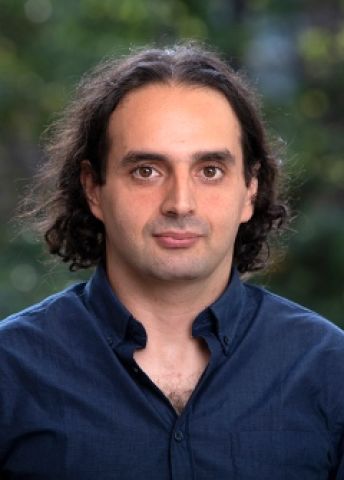
Program for mathematics 2023
Grant to recruit an international researcher
for a postdoctoral position
Associate Professor Wushi Goldring
Department of Mathematics, Stockholm University
Grant to recruit an international researcher
for a postdoctoral position
Associate Professor Wushi Goldring
Department of Mathematics, Stockholm University
Building mathematics’ biggest bridge
Associate Professor Wushi Goldring will receive funding from the Knut and Alice Wallenberg Foundation to recruit an international researcher for a postdoctoral position at the Department of Mathematics, Stockholm University.
In more than fifty years, there has been extensive research in mathematics aimed at bringing together two apparently different areas, using a programme by the Canadian mathematician Robert Langlands. Its aim is to unite algebraic number theory and the associated algebraic geometry with a specific type of function in mathematical analysis that has special symmetry properties. Goldring’s project is part of this programme, which is so deep and complex that it is expected to occupy mathematicians for hundreds of years.
Perhaps the most famous result within this programme has a direct relationship to the equation written about by France’s Pierre de Fermat in 1637: “I have discovered a truly marvellous demonstration of this proposition that this margin is too narrow to contain.” In 1993, after seven years of hard work, Britain’s Andrew Wiles shocked the world with a proof of what is generally known as Fermat’s Last Theorem. The proof was based upon a known reformulation of Fermat’s Last Theorem into a problem about elliptic curves and some special functions in mathematical analysis. Wiles’ sensational solution to this problem reinvigorated the Langland programme.
However, Wiles’ result is just the tip of a gigantic iceberg made up of similar relationships that are expected to apply if Langland’s predictions are correct. The aim of the planned project is, in accordance with Langland’s programme, to prove that some numbers associated with special analytical functions are actually algebraic, by utilising shared symmetries in objects that appear to be very different.